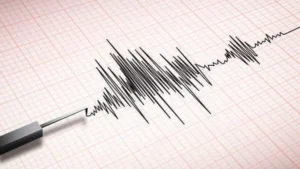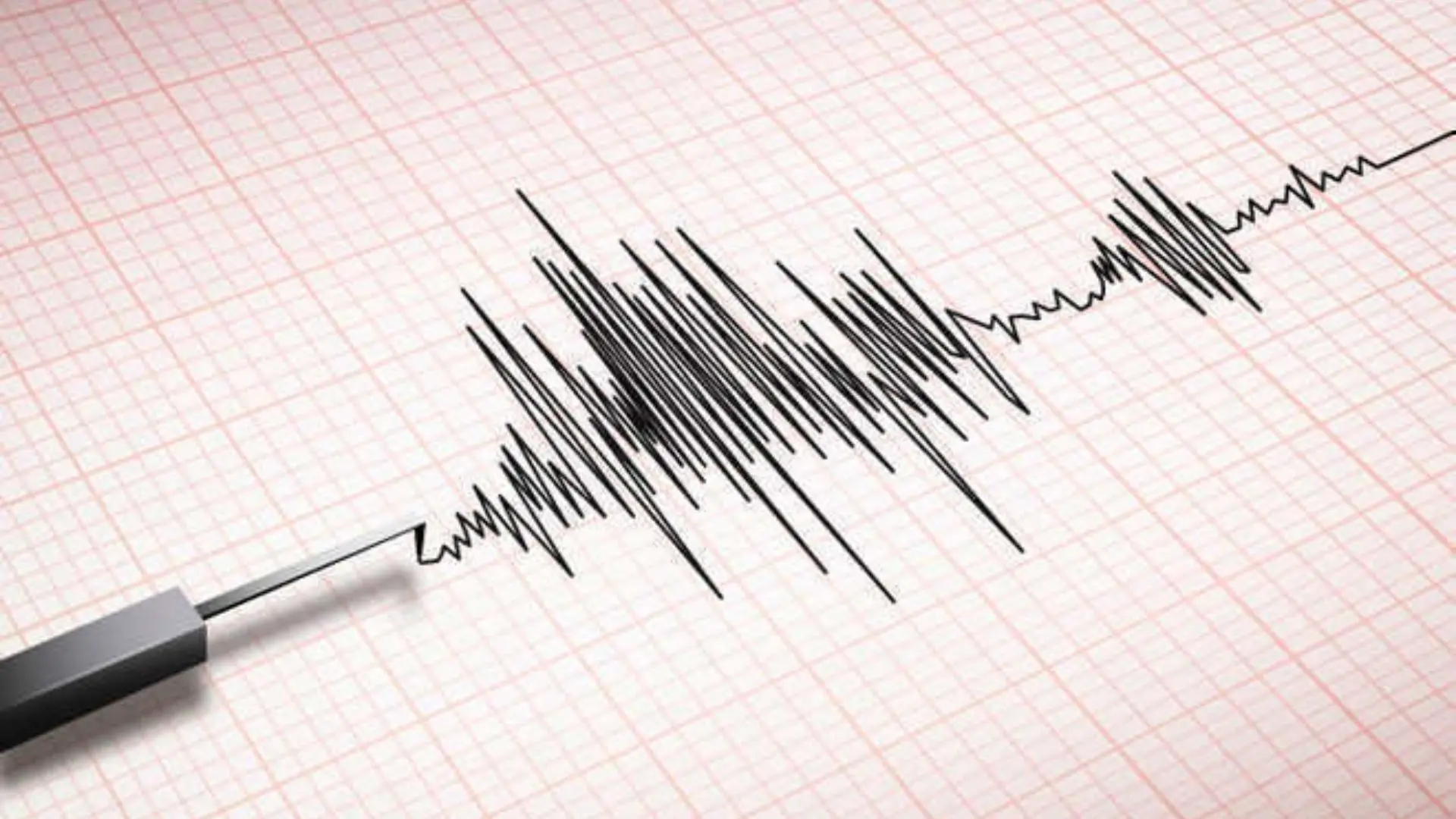India’s counter-drone market is projected to grow at an annual rate of 28 percent over the next five years, according to a report by Motilal Oswal, a financial services company.
The drone market is being driven by an increased need for systems to counter aerial attacks. The report estimates the addressable market for counter-drone systems at Rs 120 billion over the next five years, based on a requirement for nearly 1,200 counter-drone systems, each costing about Rs 80 to 150 million. This substantial demand is expected to create a yearly market opportunity of nearly Rs 24 billion over the next five years.
In the drone market, systems with a range of more than 5 kilometers are growing faster than those with a range of less than 5 kilometers. The technology in this space is continuously evolving to improve range, with each counter-drone system having a lifespan of about 10 years and requiring regular software upgrades.
The report also notes that the cumulative defense electronics market was worth about USD 8.1 billion from 2016 to 2020, growing at an annual rate of 4.5 percent during that period. By 2021, the market had reached USD 1.9 billion and is expected to grow to USD 7 billion by 2030, with an annual growth rate of 15.7 percent from 2020 to 2030.
In India, the defense electronics segment is expected to witness significant efforts to produce components locally over the next decade, improving manufacturing and quality standards. Currently, over 60 percent of electronic components are supplied by foreign manufacturers.
As local production increases, a substantial portion of future defense electronics is expected to be sourced domestically. Major programs across the army, navy, and air force, such as new combat aircraft acquisitions, submarine construction, and the replacement of T-72 tanks, will drive the market value of this segment.
Additionally, over the next five years, the simulators market in India is expected to reach between Rs 140 and 150 billion. Military training simulators can simulate a wide range of scenarios, including air-to-air combat, ground combat, and naval warfare, enabling realistic training environments for the armed forces. These simulators play a crucial role in preparing India’s armed forces.
The recently announced Agniveer Yojna provides opportunities for the country’s youth to serve in the Armed Forces as Agniveers for four years. Given the short tenure of Agniveers, there is a critical need to train them to an acceptable level within a shorter timeframe compared to regular recruits, which will increase the demand for simulators.
With the evolving nature of warfare, which now includes drones for spying, surveillance, and reconnaissance, there is a growing demand in India and globally for anti-drone systems and other equipment to protect critical sites such as military bases, airports, refineries, and financial institutions.
(Aside from the headline, this story remains unaltered by the NewsX staff and has been shared directly from a syndicated source.)























